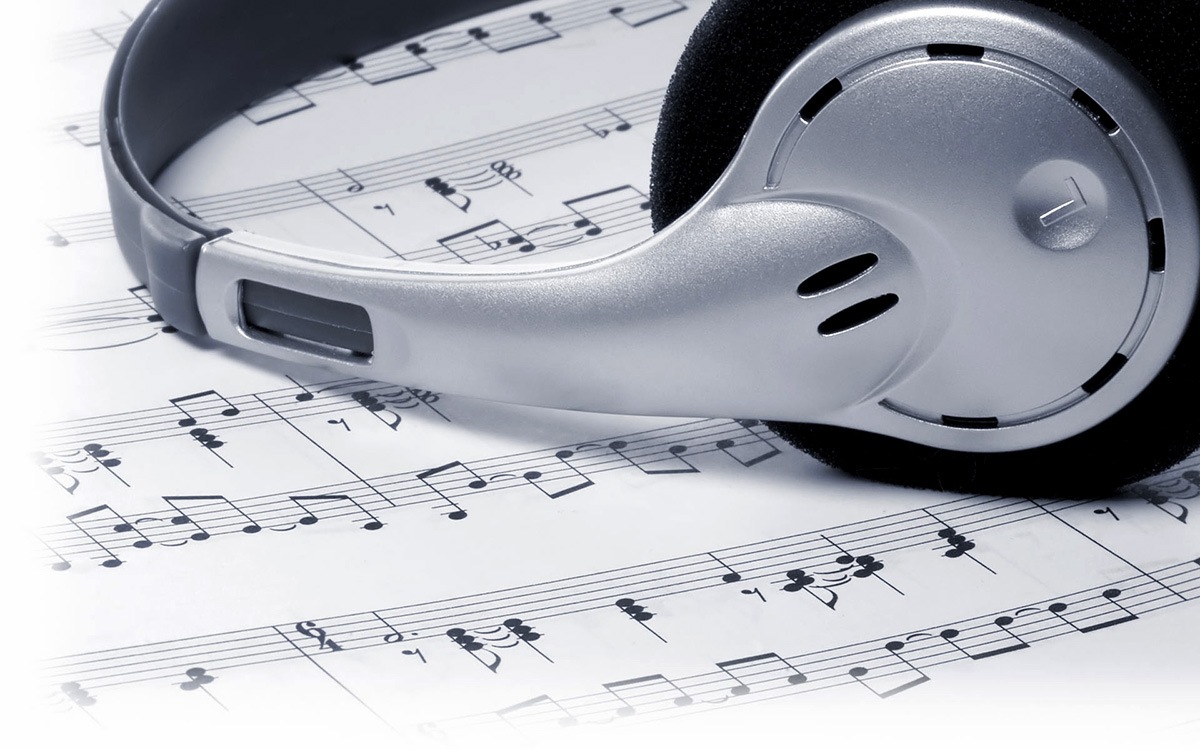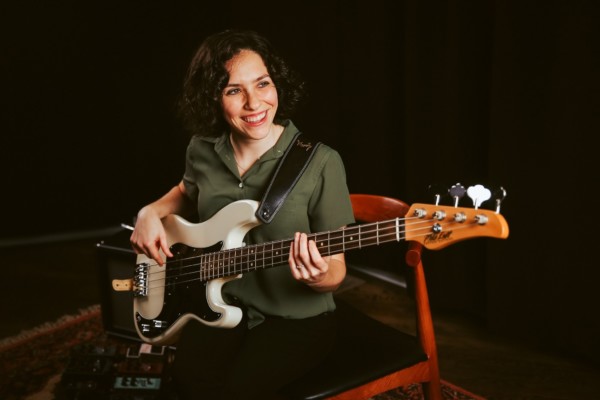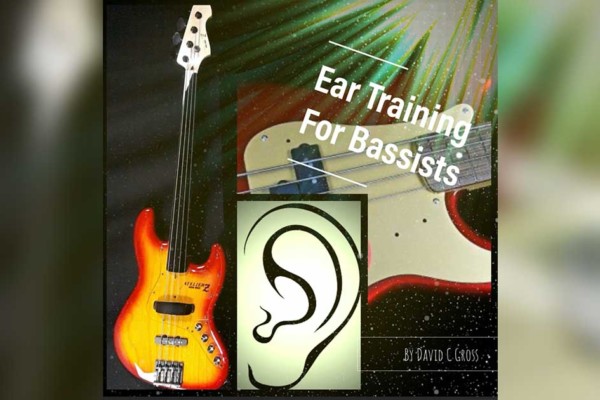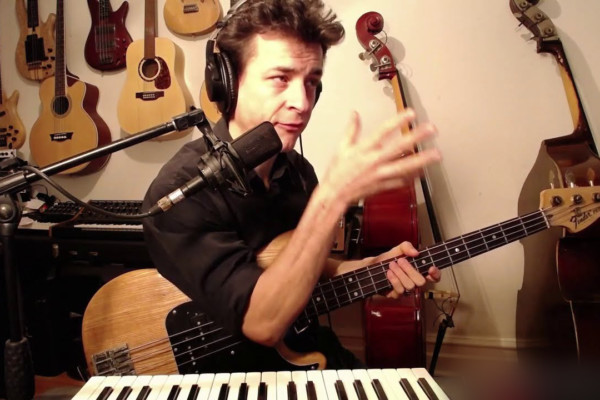Using the Two Types of Solfege

Q: I’ve been told that learning solfege would help me to train my ear, sight-sing, etc… I know that folks work on it in music schools, so I assume it helps. what is the difference between “fixed do” and “moveable do” and which do you prefer?
A: For those that may be unfamiliar, solfege is an ancient (Google says “11th century”) tradition of assigning syllables to notes.
I’m sure that you have all heard the major scale sung as “DO RE ME FA SOL LA TI DO” (pronounced dough-ray-me-fah-sol-lah-tee-dough). There are, of course, slight differences devised to refer to flatted and sharped notes.
In “fixed do,” every note has a corresponding syllable. C is always “do,” A is always “la,” etc.
Essentially, every note has a corresponding syllable no matter what key the melody is in or how it may modulate.
“Fixed do” is using the equivalent of letters for notes. They literally use syllables for note names instead of letters.
In “moveable do,” the syllables change for each note depending on the tonic or root of the scale. So if something is in the key of C, then C is “do,” but if it’s in F, then F becomes “do.” The syllables relate directly to the key of the melody.
“Moveable do” is the equivalent of using numbers for scale degrees.
I seem to remember having to learn moveable do and I’ve found that it’s more common in the U.S., however, in my travels, I’ve discovered that fixed do is much more common in other parts of the world.
First, let me state that I’m not really all that proficient in either. I think in note names and tonalities relating to chord qualities more than anything but I have experienced some of the pros and cons of each when it comes to students using solfege to call out or sing melodies.
Fixed Do:
Pros…
It seems to me that fixed do may be better for ear training. I’ve noticed that students who are proficient at singing melodies in fixed do seem to have a more direct connection to the notes that they are singing (because that note is always that syllable). Unlike folks like me, who think in note names, they can usually all sing any syllable relatively in tune with each other at the drop of a hat because of the strong association, whereas I, who sings nonsense when I have to sing a melody don’t have any reference beyond my fretboard. (This means that I’m doing better at singing a melody if I give myself the first note and then play along with myself as I play the notes than trying it with only solfege).
Those proficient with fixed do seem much more adept at sight-singing melodies and developing perfect pitch.
Cons…
Students who excel at fixed do seem less able to just sing different intervals or modulate melodies on the fly. They can sing any solfege note but have a harder time just singing a minor 6th, for example, than a moveable do user.
Moveable Do:
Pros…
Every tonality is as easy to sing as another, especially in diatonic music (of the same key). I think moveable do enhances the user’s ability to hear the relationships between intervals. If “do” is always the tonic, then you can get an ear for what “sol” sounds like from any root (the interval of a perfect 5th). The intervals are always measured from the tonic.
Cons…
Tough to navigate in music that modulates or isn’t in one clear key.
So it’s really up to you. Personally, if I had to choose, I would lean towards fixed do but only because I like the idea of immediately associating a note/syllable with its corresponding pitch.
The only thing I would advise against is trying to learn both simultaneously. I think that would cause some cognitive dissonance and confuse the bejesus out of someone if they had multiple syllables referring a note in a melody. It’d be like trying to learn to sight-read multiple clefs at once on bass (it makes more sense on piano because, at least initially, the left-hand plays the bass clef and the right-hand plays the treble clef and you can very much see how one is a continuation of the other).
I’d do a little reading on the benefits of either method and just pick one and dive in. Like anything, it takes a minute to really begin to internalize but it’ll likely be worth the study!
Have a question for Damian Erskine? Send it to [email protected]. Check out Damian’s instructional books, Right Hand Drive and The Improviser’s Path.



